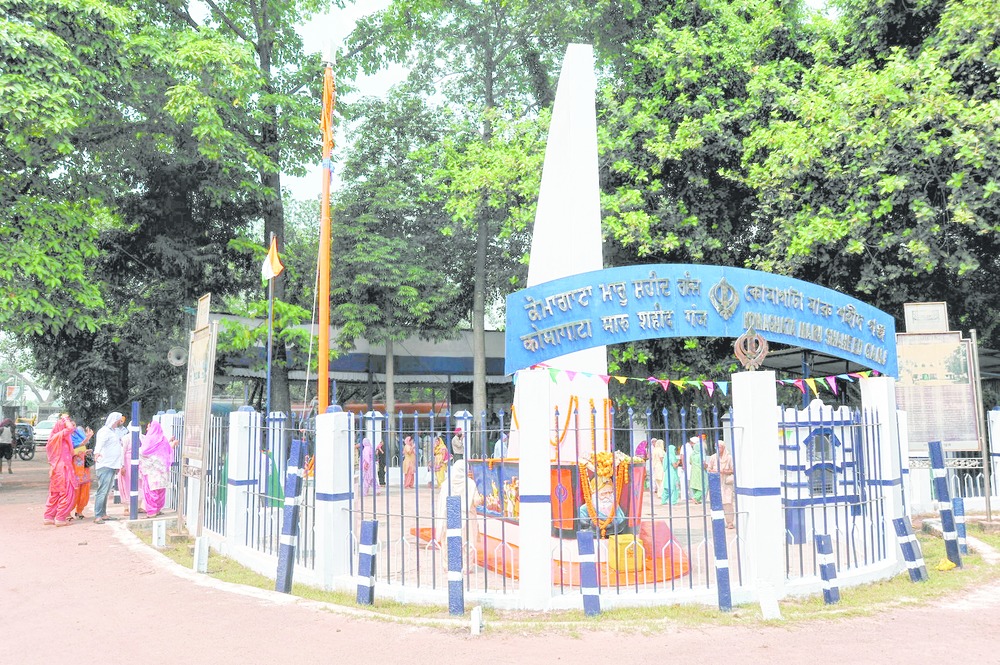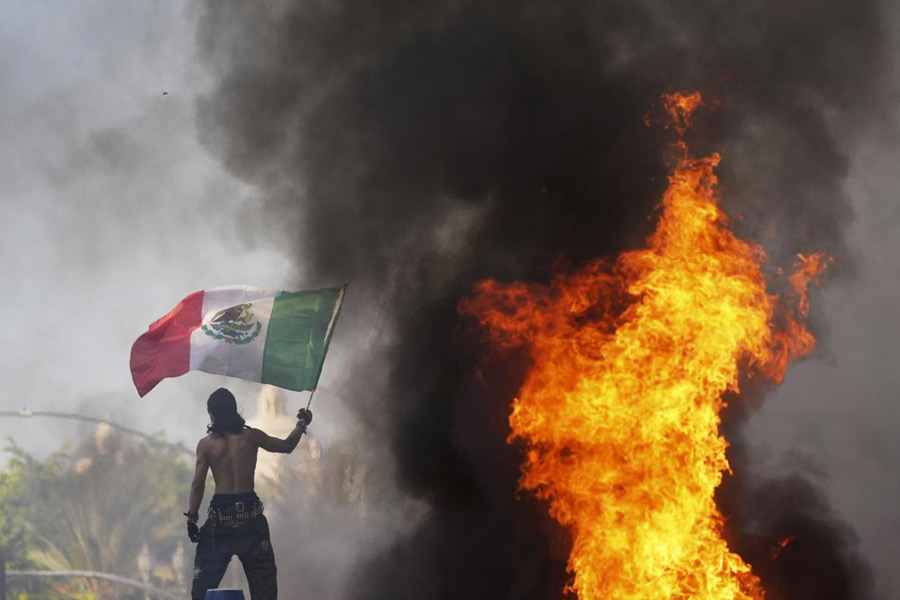
About 5,000 Sikhs turned up at a little-known corner of Budge Budge on September 29 to pay their respect to the 22 Sikhs killed by the British more than 100 years ago on September 29, 1914.
Unofficial figures say more than 50 were killed and most were Sikhs. Their fault: they tried to defy a British order and carry the Guru Granth Sahib, the sacred text of the Sikhs, to a gurdwara in Howrah before leaving for Punjab.
The British had bought a train to Budge Budge to ferry the Sikhs who were passengers of the ship Komagata Maru that had been denied entry to Canada. The ship had reached Budge Budge after being on the sea since March when it had set out for Canada. WWI had broken out and the British did not want to risk any dissent in Bengal.
Since there were no gurdwaras in Budge Budge, the Sikhs wanted to visit the Howrah gurdwara. When they refused to board the train, the British forces opened fire.
Canada had strict immigration laws that forbade the entry of anyone who did not have a continuous journey from India. But this was impossible as there was no direct shipping route between the two countries.
Gurdit Singh, the leader of the ship, had assembled Sikhs from many Asian countries and took them to Canada encouraged by a court's order in Canada that allowed entry of some Indians who did not meet the condition. But Komagata Maru's passengers were not allowed because the Canadian government had by then amended the legal loopholes.
Every year on this day Sikhs from across Bengal gather at Budge Budge to pay their respect to the martyrs at a memorial built at the site of the firing. A two-storeyed gurdwara has come up about a kilometre from the site and it has been named Gurdwara Shahidganj Komagata Maru.
The gathering was in many ways an event of the Sikhs, but it was also not. Ganesh Ghosh, a former chairman of Budge Budge Municipality and a resident of the town, is as enthusiastic as the Sikhs about preserving for posterity the memories of the fateful day of firing. In fact, even the Sikhs refer to a book he has written on the event.
There are plans to build a museum beside the present memorial. The proposed three-storeyed building will have pictures as well as documents related to the event.










